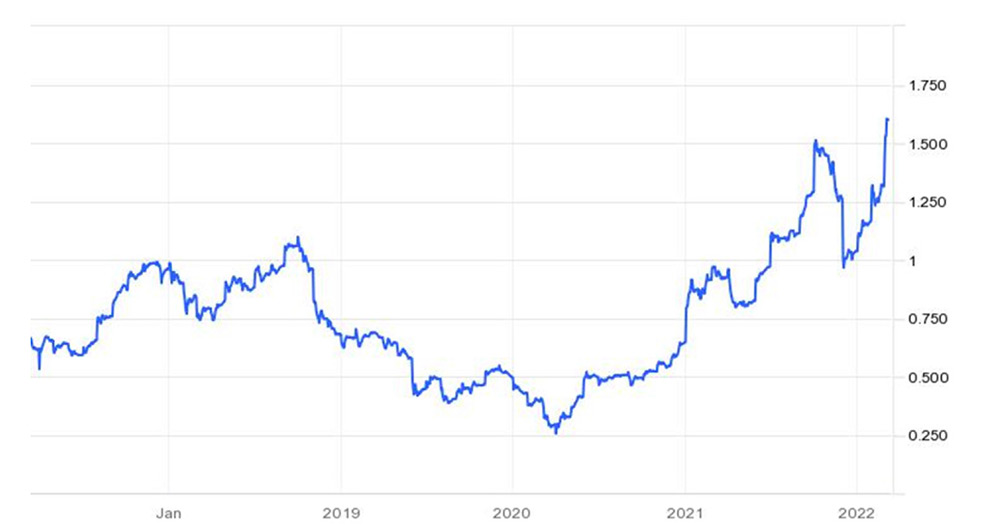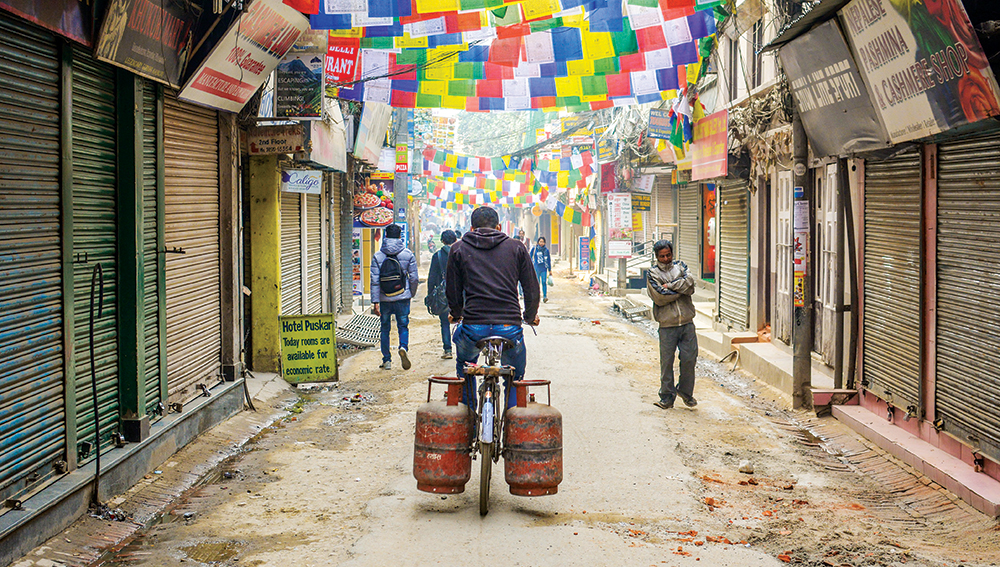With improving demographic profiles of Indian consumers, demand for Liquified Petroleum Gas in India has been rising continuously over the years and the country consumed 27.6 million metric tonnes of LPG in the financial year 2020-21 (April 2020 to March 2021). Consumption figures for the past decade is shown below.
India LPG Consumption

- LPG IN INDIA IS PRIMARILY CONSUMED IN THREE SECTORS:
- Residential sector for domestic cooking purposes (in 14.2 KG cylinders)
- Industrial use as fuel (in 5 KG, 19 KG and 47.5 KG cylinders)
- Transport sector as fuel for vehicles
Consumption of LPG witnessed a major spurt between 2014 to 2018, when growth rates were almost in double digits. This was primarily due to increased focus on supply of LPG to the rural areas as fuel for domestic cooking. Indian homes in villages have been using wood, coal, kerosene, etc as the primary fuel for cooking. These forms of fuel are readily available and also cheaper than LPG. However, these fuels cause serious environmental pollution, and the government has been pushing for a switch over to LPG as the primary medium of cooking. Distribution channels in rural areas have thus been strengthened and now almost all districts in India have availability of LPG. Further for domestic LPG consumers, the government distributed subsidies directly to consumers bank accounts, which enthused rural homes to switch over to this cleaner fuel. Presently LPG has become a necessity for most Indian homes and over 95% of homes have access to LPG supply as against 55% homes in 2015.
India produces almost 12 MMT of LPG. There are 22 oil refineries which produced 10.1 MMT and the 10 Gas Fractionators produced 2.1 MMT of LPG last year. The balance was met through imports which reached a high of 15 MMT last year. Growing domestic demand means increasing imports year on year as domestic production has not been rising at similar rates as demand. India relies on Saudi Arabia, Kuwait and Qatar as major suppliers of LPG for its imports. Iran used to be another big supplier but imports from Iran have slowed down due to economic sanctions. Meanwhile imports from the US have been on the rise over the past 5-6 years.
MONTHLY IMPORTS OVER THE LAST 12 MONTHS (‘000 TONNES)

India imports roughly between 1-1.5 MMT of LPG every month with supplies being low in summer months and high in winters. Imports in summer are lower by 20-30% and demand picks up during the Diwali festival which falls annually in October-November.
The three government owned oil companies viz. Indian Oil Corporation, Hindustan Petroleum and Bharat Petroleum are the main importers and suppliers of LPG in the domestic market. These regularly charter LPG carriers in the mid-size range and the Very Large Gas Carrier (VLGC) range through a mix of long-term time charter and spot fixtures.
CHANGES IN LPG PRICES (US$ / GALLON) IN THE INTERNATIONAL MARKET OVER THE PAST FIVE YEARS

India has 14 ports handling LPG imports. Owing to the surge in imports in the past decade, lots of capacity addition has taken place at the port as well as hinterland locations where pipelines and bottling plants have been set up. LPG pipeline infrastructure however remains inadequate and evacuation of imports from the ports remains a challenge many times. This causes ullage availability issues quite frequently and berthing delays for LPG ships at Indian ports, which is higher India has 14 ports handling LPG imports. Owing to the surge in imports in the past decade, lots of capacity addition has taken place at the port as well as hinterland locations where pipelines and bottling plants have been set up. LPG pipeline infrastructure however remains inadequate and evacuation of imports from the ports remains a challenge many times. This causes ullage availability issues quite frequently and berthing delays for LPG ships at Indian ports, which is higher oil is imported and the recent rise in international crude prices has had a direct impact on prices of LPG cylinders in the country.
International prices have been rising continually since March 2020, when it was at its lowest point in many years. Prices have risen again over the past 2 years and have been the highest in March ’22 due to the war in North Europe.
Crude oil prices have skyrocketed since the outbreak of the war and LPG prices in the international markets have seen a spurt too. Also, there has been a huge rise in bunker fuel prices for ships leading to a rise in transportation costs for LPG into India. Hence Indian consumers are going to be hit by the huge spurt in domestic LPG prices soon.
How much of this would lead to a slowdown in consumption of LPG is yet to be seen, but this will affect the monthly budget of the average Indian household. It would be worrisome should some of the poorer households move back to the traditional methods of domestic fuels.
